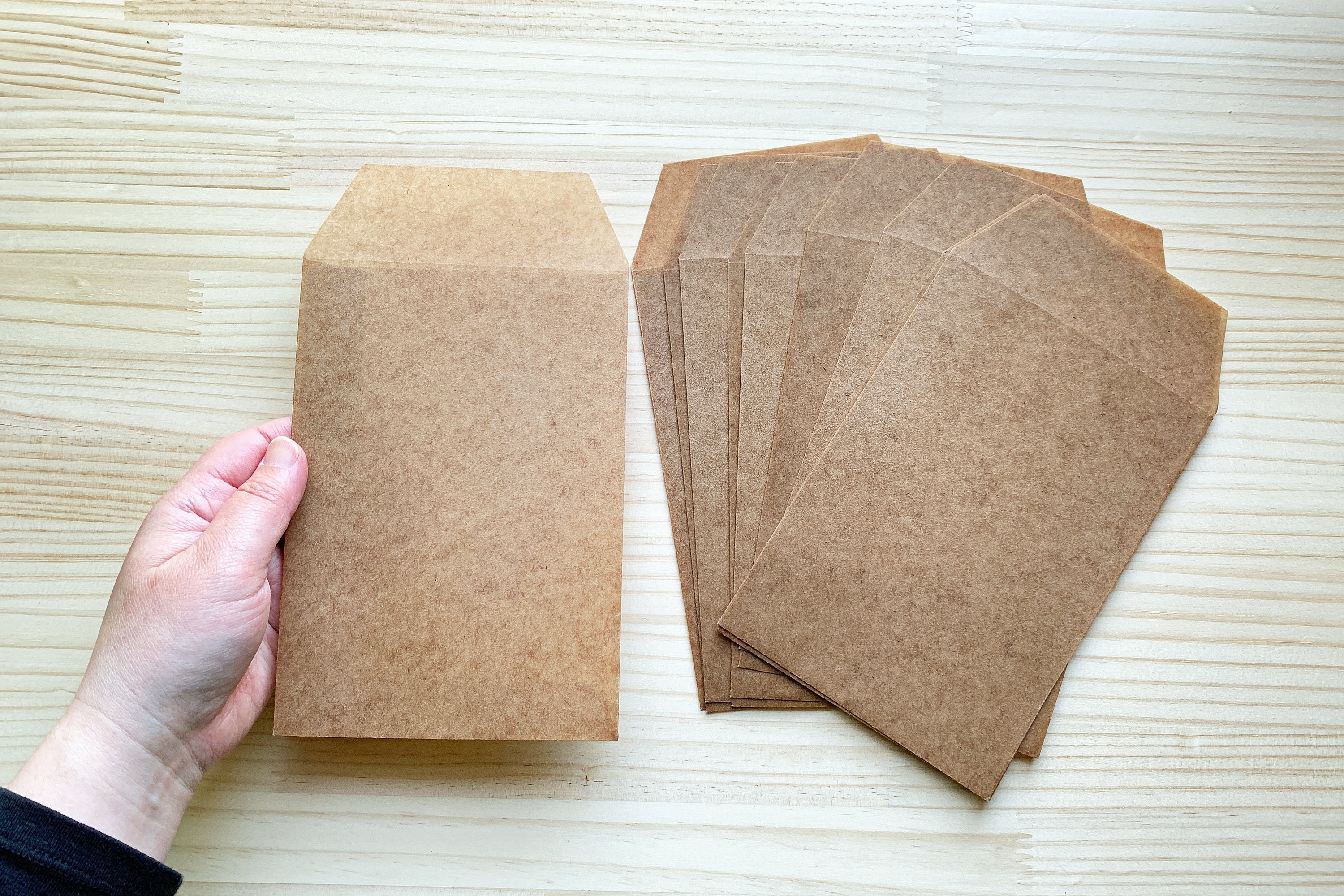

Continue until no more wax residue comes off on the cloth. Strip old wax, if there is any, by working a soft cloth dampened with mineral spirits or a commercial wax stripper such as Trewax Heavy Duty Floor Stripper over 2-foot sections of the floor at a time.Remove rugs and furniture from the room.
#Brown wax paper how to
Here’s how to complete each phase quickly and effectively. There are three phases of waxing hardwood floors: surface preparation, application, and buffing. RELATED: Which Finish is Right for My Hardwood Floors? Try to avoid one-step or “no-buff” waxes because dirt clings to them.
#Brown wax paper plus
It is applied with a mop (which is a plus for those who don’t want don’t want to work on their hands and knees), but you’ll need multiple coats to achieve the desired results.Īs you shop for hardwood floor wax, look out for the following terms in online descriptions or on product packaging: Because liquid wax contains more solvent, it has a thinner consistency than paste wax. Liquid wax for floors, such as Rust-Oleum Natural Satin Finishing Wax, comes in both cans and bottles.It does not require as many coats as liquid wax.

Its consistency is fairly thick so it must be applied by hand with a cloth, on your hands and knees.

Boosts beauty: Clear wax gives floors a shiny finish and a glossier feel that vacuuming or mopping alone can’t achieve.Prolongs floor life: Waxed floors are more hardy than unwaxed floors, and if they are regularly maintained they can potentially last years longer than unwaxed floors.It prevents them them from permeating underlying finishes, such as oil, and helps the underlying finish last longer. Preserves underlying finishes: Wax acts as the first line of defense against spills, dust, and dirt.Minimizes minor imperfections: Wax fades or eliminates the appearance of superficial scratches, dings, and scuffs marks.Increases stain resistance: The wax seal limits the absorption of spills, and thus keep floors from staining.As the solvents in the wax evaporate, the wax hardens into a protective seal that benefits the flooring in many ways. Waxing is a floor-finishing technique in which clear or colored wax, made of a blend of solvents and synthetic and/or natural waxes like beeswax or carnauba, is applied to a hardwood floor in a thin layer and then buffed to a shine. Why is it important to wax hardwood floors?


 0 kommentar(er)
0 kommentar(er)
